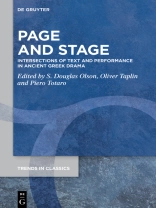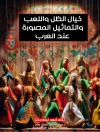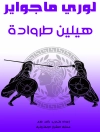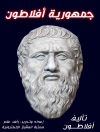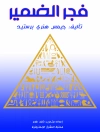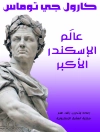Our knowledge of the ancient theatre is limited by the textual and iconographic character of the evidence available to us: we cannot watch or otherwise experience an Athenian tragedy or comedy. These essays, by a distinguished group of international scholars, bridge the gap between the surviving literary and iconographic evidence and the realities of performance on the ancient Greek stage. This ambitious goal is reached by means of a detailed examination of several case-studies: the construction of dramatic space in Sophocles’
Antigone; the significance of the use of deictic pronouns in Sophocles’
Trachiniae; the theatrical and religious dynamics of the appearance of divine figures on stage; the relationship between the victory celebrations at the end of Aristophanic comedies and their counterparts in the after-performance real world; the investigation of nude or semi-nude female characters in Aristophanes; the staging of
Clouds and the opening scene of
Acharnians; the meditation on the metapoetics of the use of props in 5th-century comedy; the relationship between performance context and text through a close reading of a number of Aristophanic fragments; the way the
scholia vetera on
Frogs imagine and use questions of staging practice; and the potential Aeschylean authorship of some of stage-direction traceable in Aeschylus’
Eumenides and
Diktoulkoi.
Sobre el autor
S. Douglas Olson, Department of Classical and Near Eastern Relligions and Cultures, University of Minnesota, Minneapolis, USA; Oliver Taplin, Magdalen College, University of Oxford, Oxford, UK; Piero Totaro, Dipartimento di Ricerca e Innovazione Umanistica, University of Bari, Bari, Italy.
